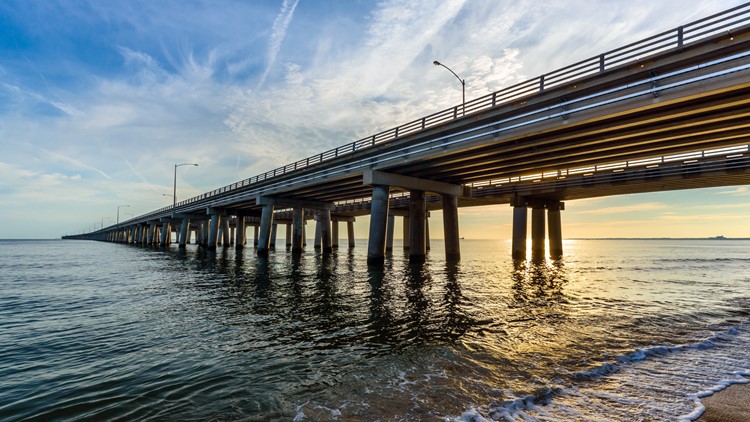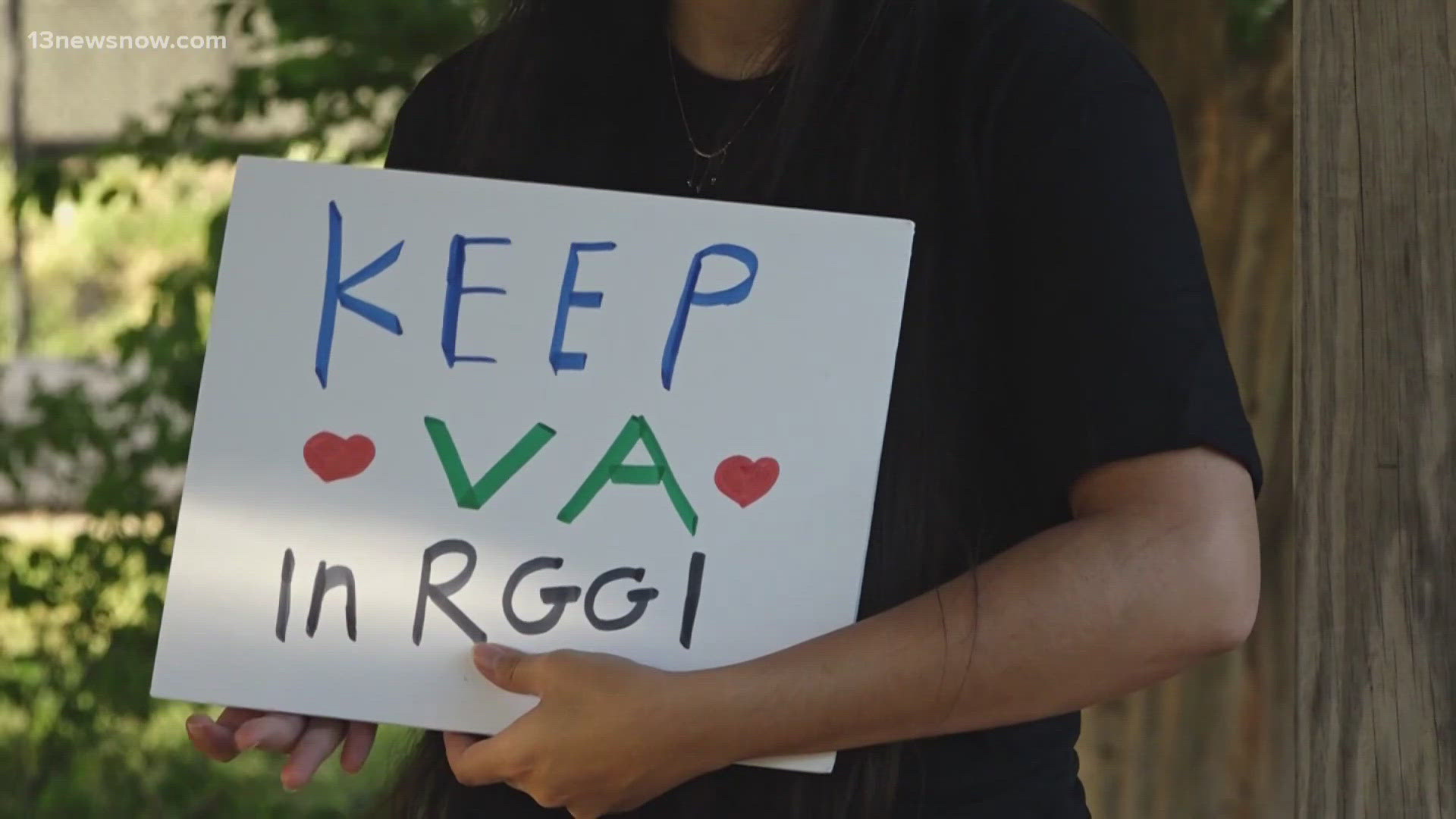NORFOLK, Va. — The Chesapeake Bay's water quality slightly dropped in an assessment between 2018 and 2020 -- a sign that more work is needed to stop pollution from entering the body of water.
In a news release Wednesday, the Chesapeake Bay Program announced the results of the two-year assessment, a collaboration with the U.S. Geological Survey (USGS) to measure the progress of cleaning up the bay.
The assessment found an estimated 29.6% of the Chesapeake Bay and its tributaries met water clarity standards, measured by the abundance of underwater grasses, as well as dissolved oxygen and chlorophyll, a measurement of algae growth.
RELATED: More work needed to clean up Chesapeake Bay, but progress has been made. How can Virginia help?
During the previous assessment, from 2017 to 2019, 33.1% of the bay and its tributaries met those standards.
Peter Tango, a USGS monitoring coordinator, attributed the cause of the decline to high river flows during the assessment period, comparing it to previous short-term declines following tropical weather events.
“Monitoring water quality across the varied habitats of the Bay is critical to understanding periods of improvement and decline in response to climate events and management actions,” Tango said in a news release.
He added: “In the past, the Bay responded positively during periods of average river flow but had short-term declines due to the effects of Hurricane Isabel in 2003 and Tropical Storm Lee in 2011. The high river flows in 2018 and 2019 have caused another short-term decline in the health of the Bay.”
Nitrogen, phosphorus and sediment pollution are the main contributors impacting the Chesapeake Bay's water quality. The pollution enters the bay within the six-state watershed, varying every year due to land use, rainfall and river flow, according to the Chesapeake Bay Program.
A further USGS analysis found mixed results for pollution entering the bay, based on measurements at stations throughout the watershed. Between 2011 and 2020, some stations saw improving conditions, while others saw degrading conditions or no changes.
In response to the assessment results, the Chesapeake Bay Foundation (CBF), an organization leading efforts to clean up the bay, stressed the need to address root pollution issues.
Beth McGee, director of science and agricultural policy for the CBF, shared the following statement:
“The Chesapeake Bay jurisdictions are well aware that the additional and more intense storms caused by climate change will require more to be done to reduce pollution.
“The Bay jurisdictions must accelerate efforts and prioritize practices, like planting more trees and using green infrastructure, that will reduce flooding and sequester carbon, as well as reducing polluted runoff. This is critical to stem pollution from agriculture, the largest source of pollution, as well as reducing urban/suburban runoff, the largest source of pollution that is continuing to increase.”



